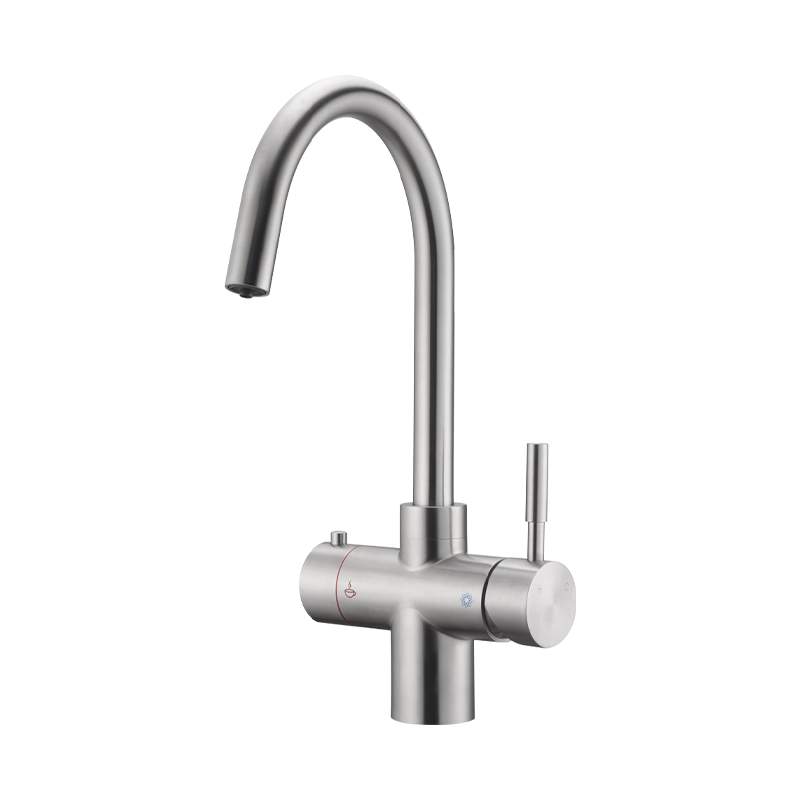HOT PRODUCTS
In daily life, home water dispensers provide us with a convenient and fast drinking experience. However, the noise problem of water dispensers has sometimes become the focus of consumers.
1. Sources of water dispenser noise
The noise of home water dispensers mainly comes from the following aspects:
Compressor noise: Some water dispensers have built-in compressors for refrigeration functions. The compressor will generate vibration and noise when working.
Fan noise: The fan inside the water dispenser is used for heat dissipation and may generate noise due to looseness or imbalance.
Water pump noise: When the water pump is working, if it is loose with the drive belt, it may generate noise.
Heating device noise: During the heating process of the water dispenser, the vibration and bubble bursting of the metal container or heating element may also generate noise.
2. Noise restrictions of national standards
In order to protect the consumer experience, the state has strictly restricted the noise of home water dispensers. QB/T2452-99 "Hot and Cold Water Dispensers" stipulates that the noise sound power level of a single hot water dispenser should be less than 45dB (A), and the noise sound power level of other types of water dispensers should be less than 50dB (A). This standard ensures that the noise level of a qualified water dispenser is comparable to that of other household appliances and will not cause excessive interference to the home environment.

3. Water Dispenser Noise Control Measures
In order to reduce noise, home water dispensers have taken a variety of measures in design:
Optimize structural design: By improving the internal structural design of the water dispenser, reduce friction and vibration between components, thereby reducing noise.
Use shock-absorbing materials: Use shock-absorbing materials to reduce vibration and noise on key components of the water dispenser, such as compressors, fans and water pumps.
Noise reduction technology: Use advanced noise reduction technologies, such as sound-absorbing materials, sound-insulating foam, etc., to further reduce the spread of noise.
Intelligent control: Some high-end water dispensers also have intelligent control functions, which can adjust the working mode and noise level according to user needs.
4. How consumers can reduce the noise of water dispensers
In addition to the efforts of manufacturers in design and manufacturing, consumers can also take some measures to reduce the noise of water dispensers:
Regular maintenance: Regularly cleaning the water dispenser and keeping it clean inside and outside can help reduce the generation of noise.
Adjust the position: Place the water dispenser on a stable and solid ground and avoid placing it in an uneven or vibrating environment.
Avoid accumulation of debris: Do not place too much debris around the water dispenser to reduce the spread of vibration and noise.
Replace accessories: If a part of the water dispenser (such as a compressor, fan or water pump) produces too much noise, consider replacing it with a less noisy accessory.
Home water dispensers have made significant progress in noise control. Through measures such as optimizing structural design, using shock-absorbing materials, adopting noise reduction technology and intelligent control, most water dispensers can meet the national noise limit standards. At the same time, consumers can also further reduce the noise of water dispensers through regular maintenance, adjusting the position, avoiding accumulation of debris and replacing accessories. When choosing a water dispenser, consumers can pay attention to its noise level to ensure that they buy a product that meets their needs.





 Language
Language
 English
English Español
Español








 ADDRESS
ADDRESS CONTACT
CONTACT EMAIL
EMAIL